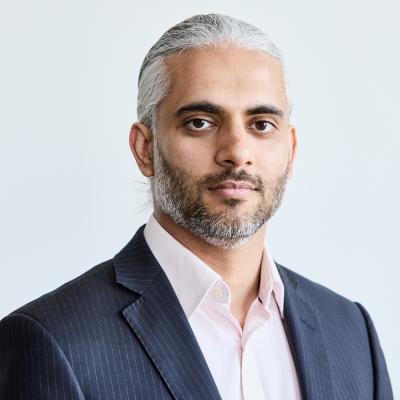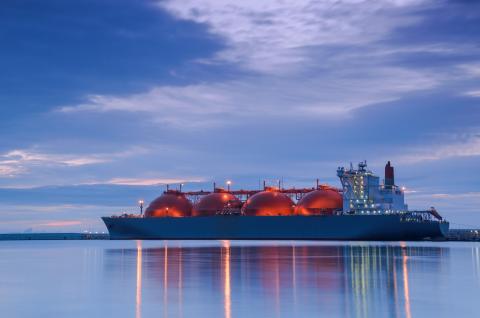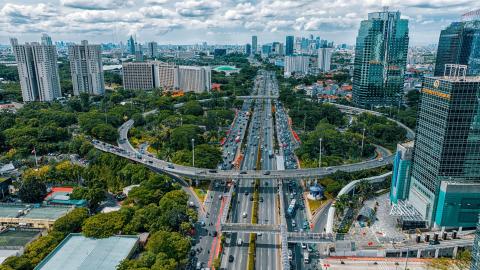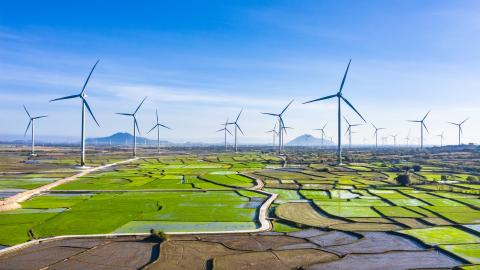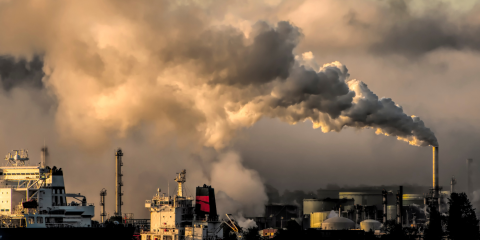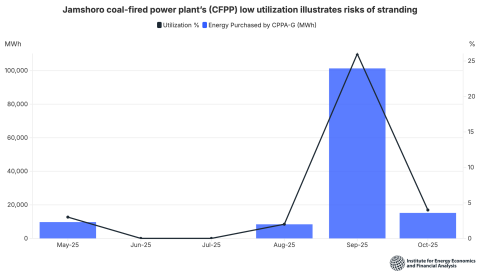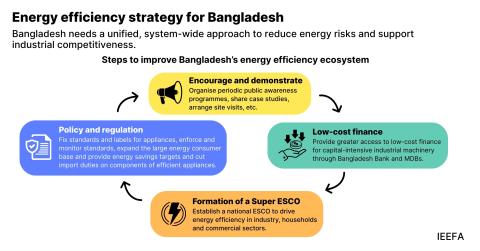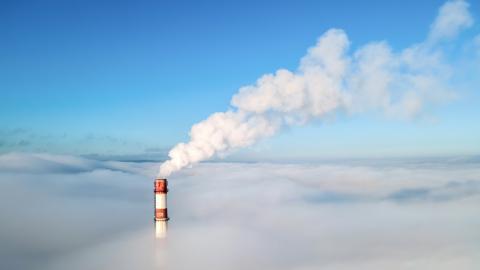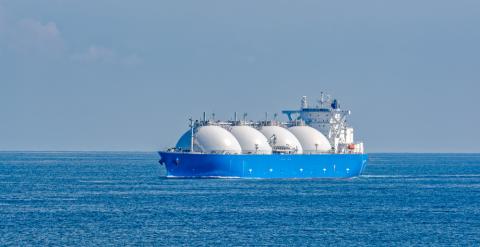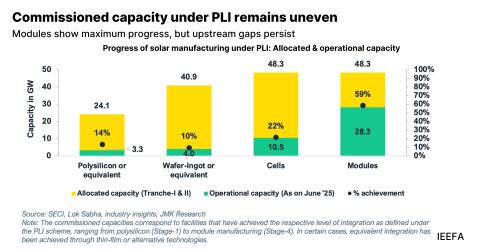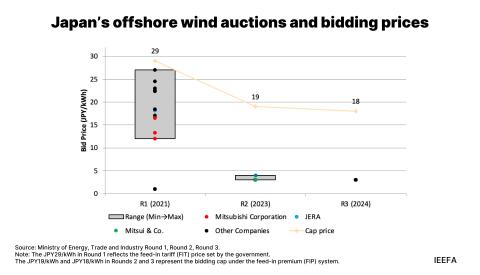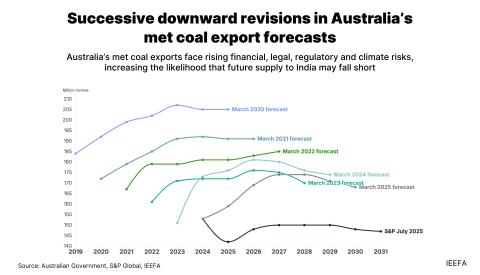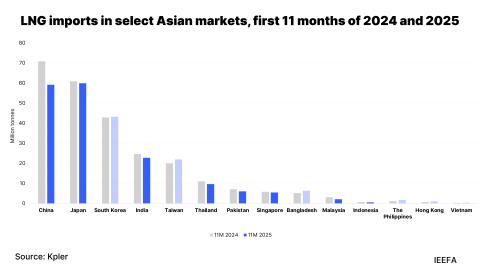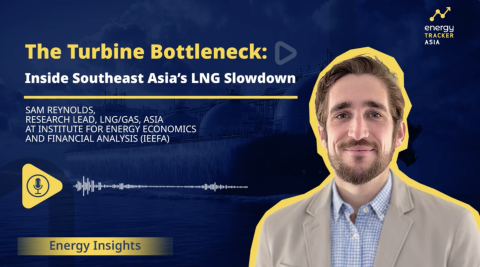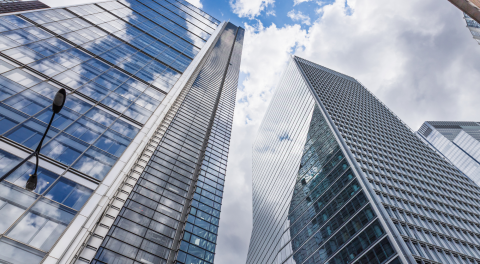Belgian LNG terminal Zeebrugge supporting year-round Russian LNG supplies to non-European markets
Download Full Report
View Press Release
Key Findings
Fluxys, Belgium’s regulated monopoly gas grid operator, has been tapping the Russian liquefied natural gas (LNG) export market to deliver dividend growth for its shareholders after a decade of flat gas demand in Belgium. In recent years, the company’s revenue growth has been driven by increased activity at the LNG Terminal in the port of Zeebrugge, which struggled with a utilisation rate of only 11% in 2016.
Zeebrugge LNG was initially conceived as a way to ensure a secure supply of gas for Belgium, and the terminal kept this basic role until its initial supply contract expired in 2007. Now however, the terminal functions as a multi-shipper terminal, supplying LNG to destinations all around the world.
Executive Summary
Fluxys, Belgium’s regulated monopoly gas grid operator, has been tapping the Russian liquefied natural gas (LNG) export market to deliver dividend growth for its shareholders after a decade of flat gas demand in Belgium. In recent years, the company’s revenue growth has been driven by increased activity at the LNG Terminal in the port of Zeebrugge, which struggled with a utilisation rate of only 11% in 2016.
Zeebrugge LNG was initially conceived as a way to ensure a secure supply of gas for Belgium, and the terminal kept this basic role until its initial supply contract expired in 2007. Now however, the terminal functions as a multi-shipper terminal, supplying LNG to destinations all around the world.
From 2007, Qatar was the main supplier of LNG to Belgium, but since 2018 there has been a significant increase in Russian LNG from the Yamal Peninsula in the Siberian Arctic reserves. In 2019, an entire storage tank was built in Zeebrugge, expanding the terminal’s LNG storage capacity by almost one-half, purely to serve a 20-year trans-shipment contract with Yamal LNG. The aim is to transship LNG transported by ice-breaker LNG carriers from the new production terminal in Sabetta, Yamal, to conventional LNG carriers.
Since then, Fluxys and its shareholders have profited by facilitating Russian exports of LNG to Asian, South American and Middle East markets, especially during the winter months—exacerbating the European energy crisis and adding to the profit margins of Russian fossil fuel interests.


